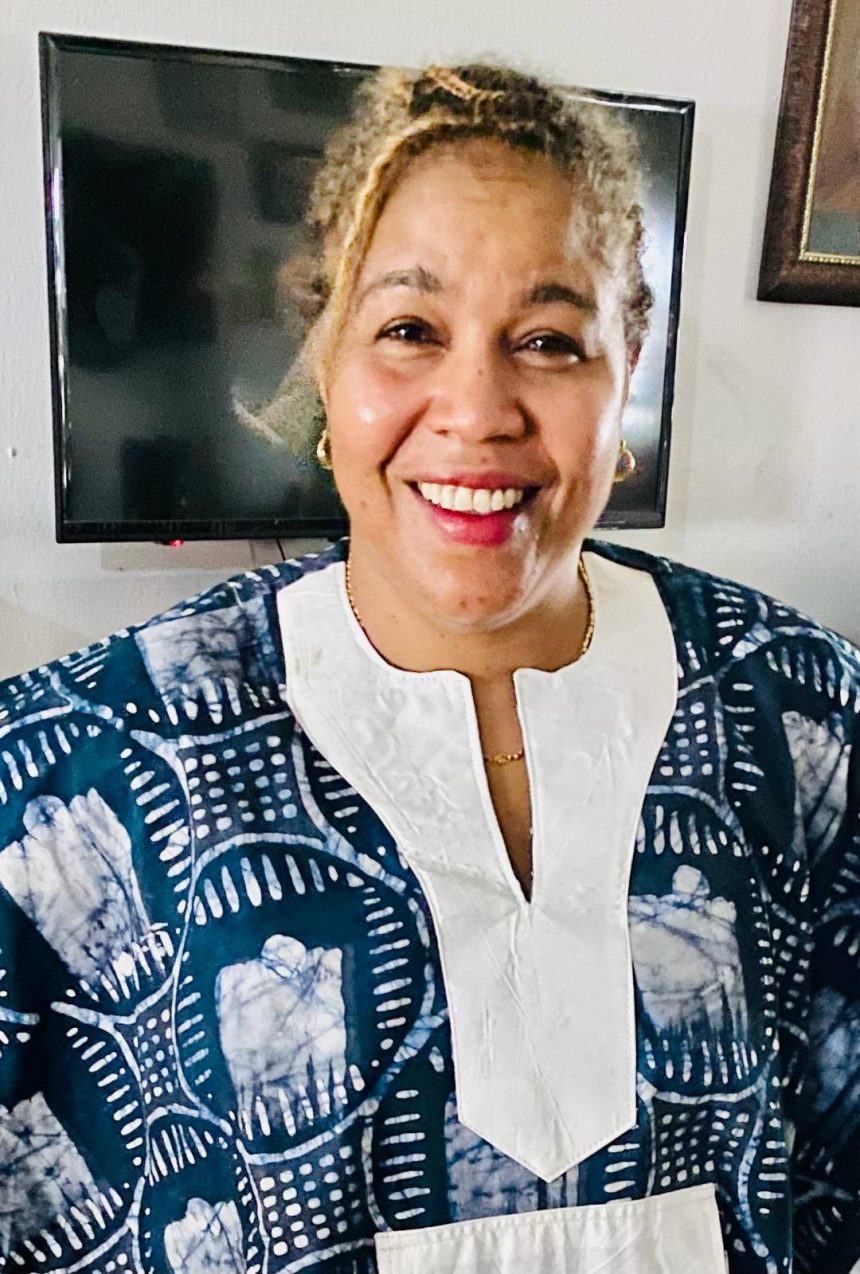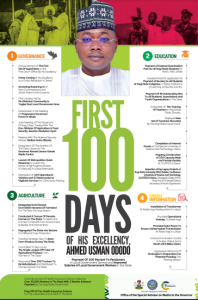Akeem Lasisi
Being a seasoned English Language teacher, Oluwatoyin Sutton commands some vital tools needed to write a book. What more, she is also a poet just as she does not lack the passion to engage any genre. When she thus took up the challenge of documenting the life of multidimensional artist, the late Jimi Solanke, a few years ago, she was convinced she had set on a smooth path.
But she must be prepared to more than sweat. In the first instance, the personality Oluwatoyin was engaging was enormous intriguing. She wanted to tell the story of a storyteller and must so be prepared for a winding road because Solanke was indeed an extraordinary mortal who, at the same time, wanted the account to be complete and not anti-climactic.
Besides, the Ile-Ife, Osun State-born but UK-based Oluwatoyin encountered in Jimi a spirit stronger than hers – an energy threatening to overwhelm hers despite the age gulf between them. The only way she could, therefore, get her mission accomplished was to also try to grow larger than life, many times crossing the sea, having – including via WhatsApp – endless interviews with Solanke, cross-checking, cross-matching and updating the tales day and night. The beauty of the great adventure, however, is that she has done it! She has captured for posterity the robust story of the dramatist, musician, storyteller and culture promoter, in the book titled Jimi Solanke: The Indestructible. The implication is that, as the world mourn the great soul who danced to the world beyond on February 5, 2024, those he left behind have what to hold on to. Oluwatoyin, who was in Lagos last week to talk about The Indestructible, says the publication is important for many reasons. She notes, “One of the major reasons is that Uncle Jimi’s story is a metaphor for what I would describe as the unsung heroes of the arts, who have given their entire lives to building the industry today. And when I say arts, I mean all-encompassing — music, theatre, poetry, visual arts. I’m talking about men and women who have built what we have today that actually have been more or less forgotten.
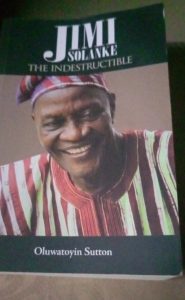
“Uncle Jimi’s story allowed us — I mean Uncle Jimi and myself — to actually celebrate the existence of that social history and the history around theatre, and the development of the early highlife scene in Ibadan, and also to mark the growth of theatre from its early forms at the University of Ibadan. So, it was important that his story be told, because we all learnt a thing or two, and I certainly did. When someone else has made mistakes, it’s easy for us to sit back and look at them and say, ‘Oh, that was a terrible thing to do,’ but once we understand the context, we begin to empathise. And I think a lot of the time, if you don’t know somebody’s story, you can make judgements about their life from afar, and I think having the story is so important because it gives Uncle Jimi’s position on many things — a voice — so we can then judge on an even keel.”
Oluwatoyin, who first encountered Solanke in the 1980s when he used to perform at The Beacon, a club operated by her father in Ile-Ife, adds that his story is further important because it also maps, not just his story, but also that of his contemporaries who were with him as young apprentices in the 1960s.
She explains, “He wasn’t alone. There were other significant artists, dramatists, men and women of the theatre who were also apprentices with Prof. Wole Soyinka, who also grew through the theatre, and their stories mingled with his. In particular, the book shines light on the relationship with his best friend whom he described as being like 5’n’6, the late Wale Ogunyemi, who was a particular influence in his Ibadan days.
“So, we get snippets of other individual lives; we get snippets of Prof. Wole Soyinka as a young, amazing spirited creative. We get stories around the Mbari Club, and it’s a complete context that we kind of explore. We are thrown into it and we see a different world. So, I think it was a lot to bring together but it had to be done, and Jimi Solanke particularly was an amazing subject, because he was very keen for the story to come out.
“He would answer questions via WhatsApp; his memory was so good and he would have answered 10 questions by morning and the answers were like pages, because they were so long, and we would sift out the information. I think he was desperate that he tell the story. I had a full-time job as we all have, so it was difficult sometimes to find the time to squeeze this out and give it the focus, but, by the grace of God, you have to keep going when your subject is so determined. You can’t give up because he seemed completely inspired that this story has to come out. We just can’t forget it. We can’t just keep it on the bookshelf. We need the world to read it and understand that this is not insignificant.”
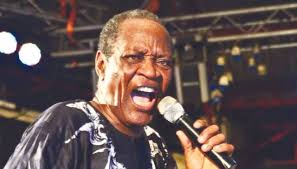
Interestingly, the title of the book was inspired by Nobel laureate, Professor Wole Soyinka, who had described the deceased in a comment. Oluwatoyin says, “This title happened upon us. I don’t know if people are aware that Uncle Jimi published a book of children’s stories and what he included were his visual paintings in the stories, and I was looking through the ‘foreword’, and I think Prof. Wole Soyinka wrote it, but he had signed somewhere in one of the copies — ‘To Jimi Solanke, The Indestructible’. So, this is actually something that came directly from that wonderful literary icon who knows and knew Jimi more than anybody else, and I only wish I had the chance, when I interviewed Prof. Wole Soyinka, to delve into why he used that phrase. But I thought it’s enough for me that he did. So, I thought I would use it because I knew that it was loaded, and I could kind of glean a little bit because Uncle Jimi was resilient.
“He had lots of downs, especially in the latter years, but he always kept getting up and kept going. There was something indestructible, dare I say, about him and if it’s a spirit, because it’s not the body, honestly, if I had half, one of the things I would take away from this is his spirit. If I had half his resilience, I would be more than thankful that that came out of this (encounter with him), because he just kept going, and when the world had more or less said he was too old, you see him again doing the film Jagun Jagun with Femi Adebayo.”
Oluseyi Ogunjobi, a scholar and artist, who was with Sthe author – alongside media executive and politician, Kehinde Bamigbetan – also recalls an experience that convinced him that Solanke harboured a confounding energy. He notes, “I think the indestructible here actually is a metaphor for who Uncle Jimi Solanke really was. I would give you a good example. This was around May 1999, and I was visiting Nigeria at the Institute of Cultural Studies at Obafemi Awolowo University, Ile-Ife, and then Ola Rotimi was around. He had been on exile and he came back and they were doing a series of work with Uncle Jimi. So, most of the time, we ended up in the senior staff club together, and there was this night Uncle Jimi had drunk so many bottles of beer up till about 2 a.m. And I thought he must be so tired and intoxicated, but, to my surprise, I never knew he was actually going to perform. The next thing I would see was that his band was set, and he had transformed. He was truly this spirited being whom you could call indestructible.”
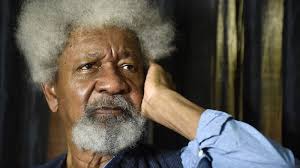
Bamigbetan also attests to the iconic size of the departed artist, while expressing excitement at how Oluwatoyin has helped humanity bridge the gap of his passage through the biography.
The 354-page book beautifully published by Bookcraft comes in 10 parts capturing different stages and slices of Solanke’s impactful life. These include The Early Years (documenting the foundation of his birth, education and journey through the arts), Ibadan – the Emergent Years, The Ori Olokun Years, The Mid-Western Years, America, Children Television and what the author tags The Advocacy Years. In The Indestructible, the reader will particularly discover intimate sides of Solanke as his exploits, including the ones with unfathomably creative and daring Soyinka, exploits in the world of romance, survival instincts and those in the church are put in perspective.
But who was Solanke to Oluwatoyin? She enthuses, “I would say the best way to describe who Uncle Jimi was to me is to say he was like a father-figure, because he was actually a part of my childhood growing up in Ile-Ife. So, the year I was born was when he came to Ife, and obviously, he was in Ife for the first 10 years, and then he came back in the 1980s, and then again towards the end of his life. My father had a club, The Beacon, and Uncle Jimi used to play Sunday jams when I was a teenager, and we used to go and listen. He was a friend of my parents, so he was in my childhood and my early adulthood before I left the country. So, I actually used to follow him, being this charismatic figure in the newspaper. And, all of a sudden, things had died down in the 1990s. Then, towards the end of 2016, I got a phone call from another childhood friend who had spent the night before in one of our drinking places in Ife, and he had spent the night chatting with Uncle Jimi, and he said to me, ‘This old man has lots of stories to share. He was talking to me about his life and it was so wonderful. We should write the stories.
“I had lost track of Uncle Jimi; I felt a thud in my heart. He was over 70 and he was still able to recount all those stories vividly. How much longer would he be able to recall them so vividly? ‘This was the time,’ I thought. I am not a writer in that professional sense but my instinct was that I could at least take notes and preserve them, and that was my approach, because I felt it would be a wonderful thing to capture what he had to say about his life, what he had seen and observed, any reflections and insights, if he could have done something differently and to reflect people he worked with. So, I approached him and he was so excited that I had taken an interest, and we took it from there, basically.”
Among other challenges she faced while researching and writing The Indestructible, finance was major: “First of all, the major challenge was financial. I had to travel. I live and work full-time as an English teacher in a secondary school in the UK. For 2017-2018, the early parts of the book, before Covid-19 in 2020, I was coming in twice, either summer or Easter and Christmas when I had my holidays. That was because of the urgency. There were answers via WhatsApp, but I wanted to be around him, look at the objects around him. Sometimes, as a writer, if you’re writing about a painting, it may be linked to a particular painter but it’s also linked to a history around the owner. Spending time with him and really embedding (myself in) his spirit is what I would call it, because I had to embed (myself in) his spirit because it was stronger than mine.
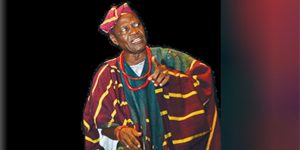
“I put my hand up. The man was a strong spirit. I was trying to catch up with him and that’s the truth, because he had a lot of stamina, and sometimes when he sent the answers back, after like two or three weeks, he would ask me if there were no more questions. I think he really fuelled my continuation, because there are times when it just felt very heavy.
“I had never published a book before. I’m a poet also by inclination, but you’re doing and going over drafts and sending it. I wanted to do him justice. It was about him, not me, because he’s a man of the theatre. He was a storyteller. It’s like telling the story of a storyteller. You have to tell it as a story that is interesting, because otherwise you’ve lost the story of the storyteller, and that’s how he told the story to me. Very colourful and dramatic. There were things I had to take out and redact but it was a journey and a half, and we thank God for today.”
